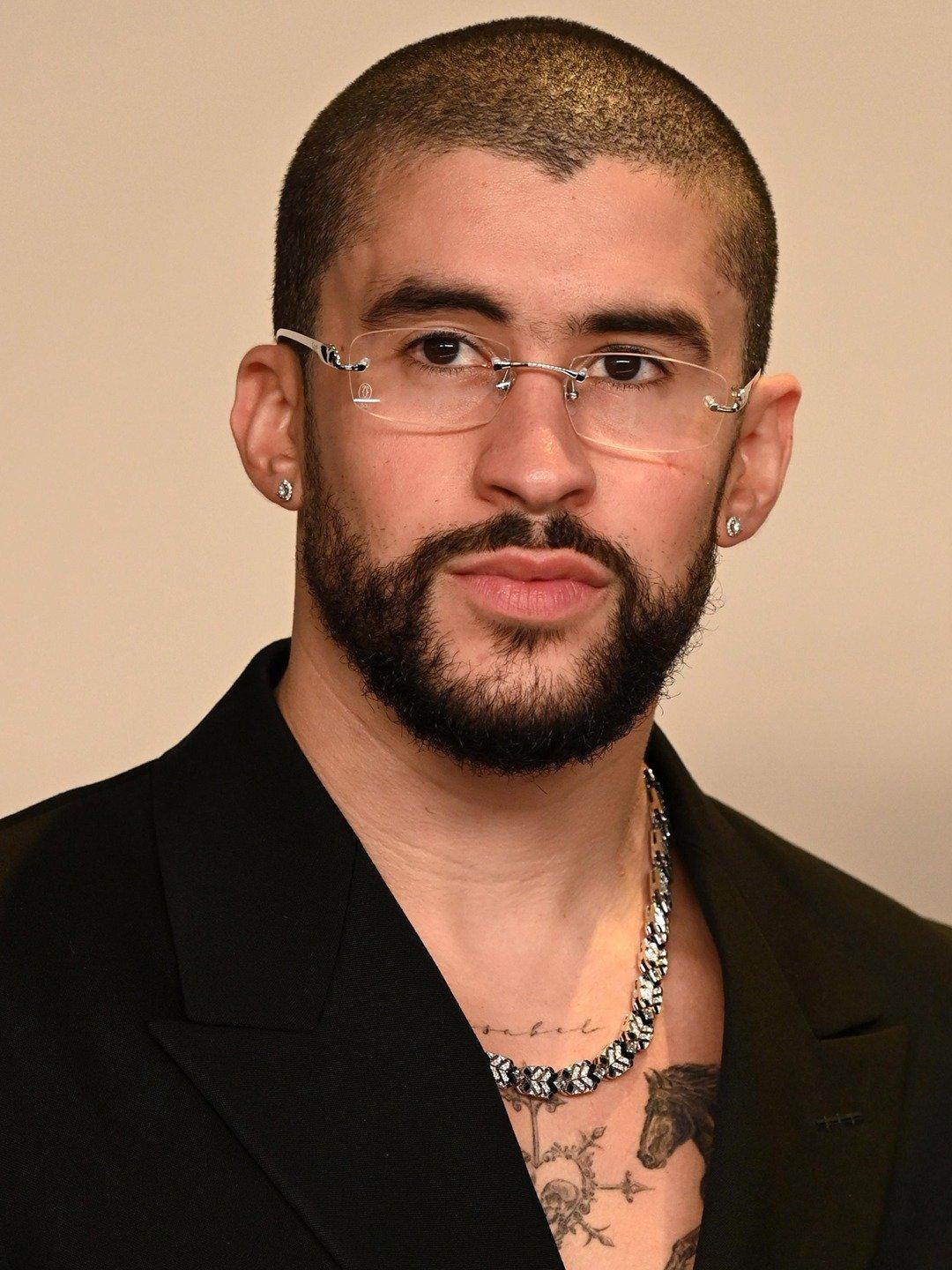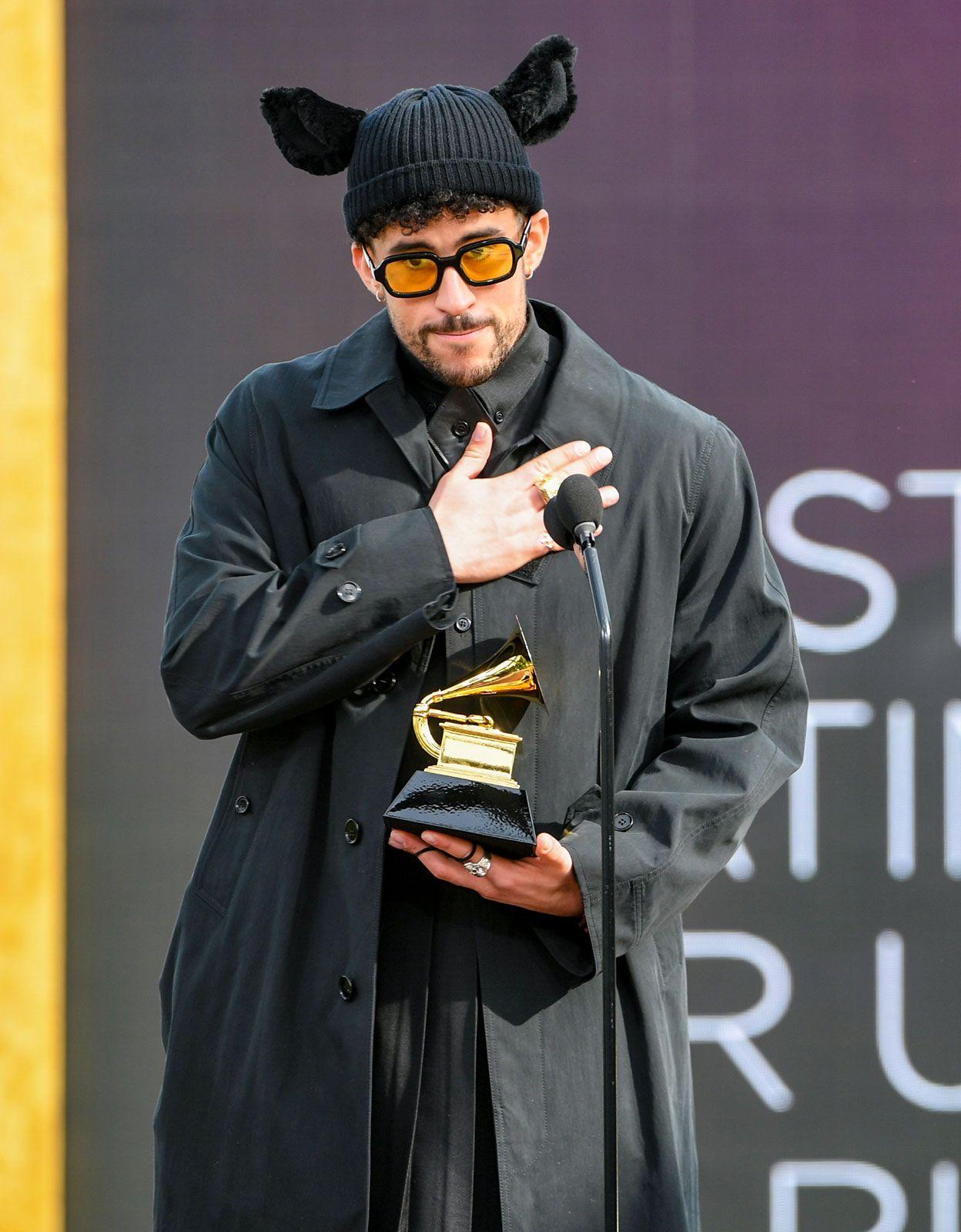Bad Bunny Breaks Barriers as First Spanish-Language Performer at the Super Bowl
In a groundbreaking move, the Puerto Rican superstar captivated millions during the Super Bowl halftime show, making history as the first performer to deliver an entirely Spanish-language set. This moment marked a meaningful milestone not only for Bad Bunny but also for Latin music, as it showcased the growing influence and acceptance of diverse musical styles within mainstream platforms. Audiences were treated to a thrilling mix of reggaeton, trap, and pop elements, which are emblematic of Bad Bunny’s unique sound and cultural roots.
However, the performance sparked a heated debate regarding representation and cultural appropriation. Critics argue that while the show was a landmark achievement, it also highlighted ongoing issues within the music industry about fair representation of Latin artists. Some fans lauded the artist for pushing boundaries and bringing visibility to Spanish-language music, while others expressed concerns over whether such visibility is genuine or merely a marketing strategy. As the discussion unfolds, it becomes clear that bad Bunny’s Super Bowl appearance is not only a celebration of culture but also a complex conversation about the evolving dynamics of race, ethnicity, and acceptance in entertainment.

Cultural Representation and Its Impact on Mainstream Media
The impact of cultural representation in mainstream media cannot be overstated, particularly when influential figures like Bad Bunny take center stage. As a Latinx artist, his Super Bowl performance provided a platform not only for musical expression but also for cultural visibility. representation matters because it challenges monolithic narratives often prevalent in the entertainment industry. For many fans, seeing a Puerto Rican artist headline such a significant event is a testament to the evolving dynamics of popularity and influence, promoting a broader acceptance of diverse cultures. The performance showcased a blend of vibrant visuals and traditional elements, highlighting the richness of Latin music and its growing presence in pop culture.
Though, the historic nature of Bad Bunny’s performance also sparked discussions about representation’s implications. Critics argue that while the presence of Latinx artists in mainstream venues is crucial, it can sometimes be overshadowed by commercial interests, which may dilute authentic cultural expressions. the backlash surrounding his performance underscores the importance of authenticity and intersectionality within representation. Many fans hope that this moment will not only pave the way for more Latinx talents but will also encourage the media to foster genuine narratives that resonate with cultural heritage and community experiences. Thus, Bad Bunny’s performance is not just a historic milestone but also a catalyst for ongoing debates about cultural representation and its role in shaping future media landscapes.

Analyzing the Controversies Surrounding Bad Bunny’s Performance Choices
Bad Bunny’s decision to integrate traditional Puerto Rican elements into his Super Bowl performance sparked a heated debate among fans and critics alike. While many celebrated his attempt to showcase his cultural heritage on such a prominent stage, others were quick to voice their concerns. Key points of contention included:
- Cultural Appropriation vs. Cultural Appreciation: Critics argued that mainstream platforms often commodify Latinx culture, overshadowing its roots in the process.
- Language Choices: Bad Bunny’s use of predominantly Spanish lyrics frustrated some viewers who felt excluded,questioning the inclusivity of a performance meant for a global audience.
- Political Messaging: The performance’s underlying messages of Puerto Rican pride and resistance elicited polarized reactions, with some applauding the political stance while others deemed it inappropriate for a Super Bowl setting.
The impact of Bad Bunny’s choices extends beyond entertainment, igniting discussions about representation in mainstream media. Supporters argue that performers like Bad Bunny are essential in challenging the status quo, helping to dismantle stereotypes and create space for underrepresented voices. This, they suggest, may ultimately pave the way for future artists to bring their authentic selves into arenas often dominated by a narrow perspective. Nonetheless, the controversies surrounding his performance reveal a deeper societal struggle regarding identity, visibility, and the interpretation of cultural expression in a globalized world.

Recommendations for Future Artists in Culturally Diverse Super Bowl Shows
To truly resonate with diverse audiences in a culturally rich environment like the Super Bowl, future artists should prioritize authenticity in their performances. Embracing one’s cultural background is paramount; artists should research and integrate elements of their heritage, whether through music, dance, or visuals. This not only enriches the performance but also connects with viewers on a deeper level. Collaborating with local artists and cultural consultants can enhance this authenticity and provide a more rounded representation of the culture being showcased.
Furthermore, a successful culturally diverse show must be inclusive and respectful of various narratives. Artists should strive to create performances that reflect a variety of voices and experiences, promoting unity rather than division. Key recommendations include:
– Engaging with community stakeholders to understand the cultural significance of elements being used.
– Avoiding stereotypes and one-dimensional portrayals that may perpetuate misconceptions.
– Encouraging cross-cultural collaborations that bring together different art forms and perspectives, fostering a spirit of celebration rather than appropriation.
